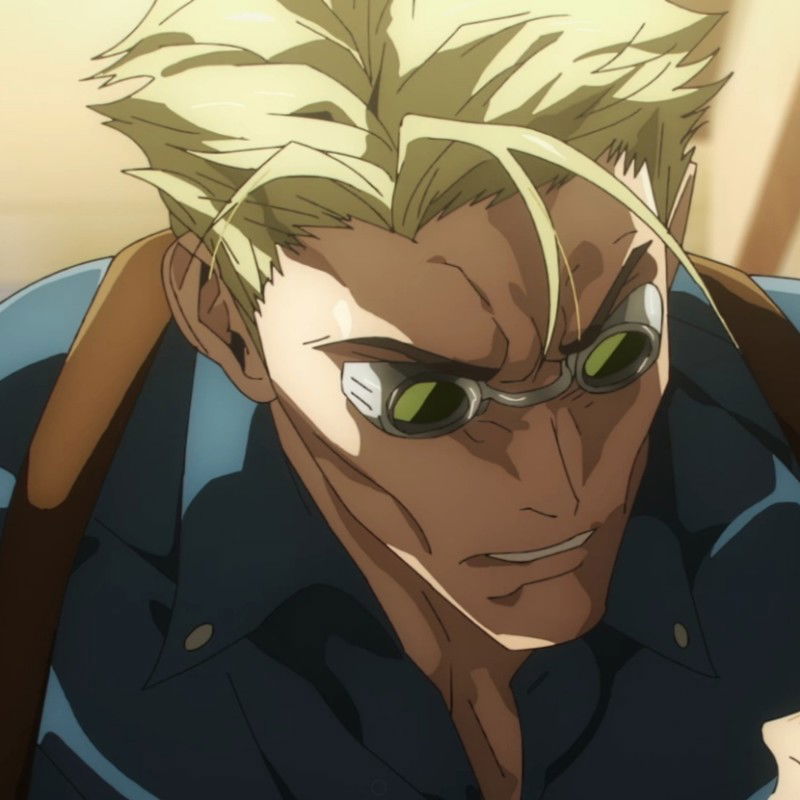Developing robust and engaging headcanons requires a thoughtful approach. Several key pillars support this creative process:
1. Deep Lore Immersion
Before you can effectively generate headcanons, you must first immerse yourself in the source material. This means more than just watching the movies or reading the books once. It involves:
- Thorough Re-consumption: Revisit the canon material with a critical eye. Pay attention to subtle details, recurring motifs, and character interactions.
- Lore Deep Dives: Explore supplementary materials like novels, comics, wikis, developer interviews, and behind-the-scenes content. These often contain nuggets of information that can inspire or inform your headcanons.
- Community Engagement: Discuss the lore with other fans. Different perspectives can highlight overlooked details or spark new ideas.
For example, if you're developing headcanons for a video game, understanding its internal lore, the history of its world, and the motivations of its factions is paramount. A headcanon about a specific in-game item's origin should ideally align with the game's established magical or technological principles.
2. Identifying Gaps and Ambiguities
Canon material, by its nature, cannot cover every single aspect of a fictional world. The most fertile ground for headcanons lies in these gaps and ambiguities. Look for:
- Unexplained Events: What happened during the time skip between seasons? How did a character acquire a specific skill?
- Character Motivations: Why did a character make that seemingly irrational decision? What are their private fears and desires?
- World-Building Details: How does the economy function? What are the social hierarchies? What are the daily lives of ordinary citizens like?
- Unanswered Questions: The classic "what if" scenarios often stem from lingering questions left by the narrative.
Consider a detective novel where the protagonist solves a complex case. A headcanon might explore the years of training and experience that honed their deductive skills, or perhaps a personal tragedy that fuels their relentless pursuit of justice.
3. Consistency and Plausibility
This is perhaps the most critical aspect of effective headcanon gen. Your headcanons should feel like natural extensions of the canon, not arbitrary additions. Ask yourself:
- Does this align with established character traits? Would this character realistically behave or think this way?
- Does this fit the established rules of the universe? If magic has specific limitations, your headcanon shouldn't introduce abilities that break those rules without a compelling explanation.
- Does this respect the tone of the source material? A grimdark headcanon might not fit a lighthearted comedy, and vice versa.
If a character is known for their meticulous planning, a headcanon about them acting impulsively without prior thought would need a strong justification, perhaps a moment of extreme emotional distress.
4. Creative Elaboration and Detail
Once you have a core idea, the next step is to flesh it out with detail. This is where your creativity truly shines.
- Sensory Details: Describe the sights, sounds, smells, tastes, and textures associated with your headcanon.
- Emotional Depth: Explore the feelings and psychological impact of your headcanon on the characters involved.
- Contextualization: Place your headcanon within the broader narrative and world. How does it affect other characters or events?
For instance, if your headcanon is about a character's secret hobby, don't just state the hobby. Describe the tools they use, the space where they practice it, the joy or solace it brings them, and perhaps how they keep it hidden.
5. Presentation and Sharing
How you present your headcanons can significantly impact how they are received. Whether you're writing a blog post, a forum entry, or a fanfiction, consider:
- Clarity: Explain your headcanon clearly and concisely.
- Evidence (where applicable): If your headcanon is based on subtle hints in the canon, point those out.
- Engagement: Invite discussion and feedback from others.
Many creators find platforms like Tumblr, AO3 (Archive of Our Own), or dedicated fan forums to be excellent places to share their headcanon gen and engage with a community of like-minded individuals.

